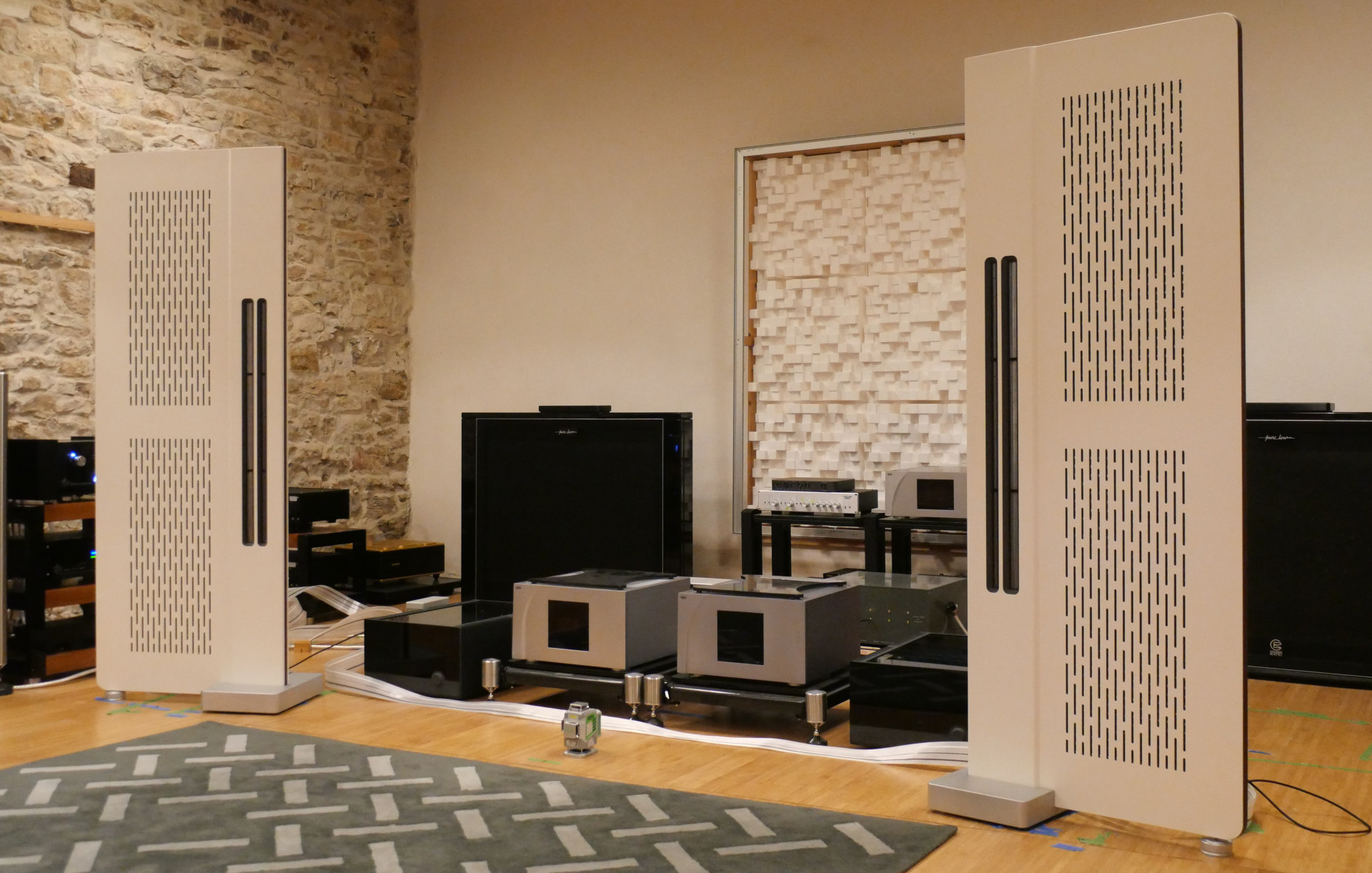Installation notes
By Roy Gregory

Back in the ‘80s, panel speakers were everywhere: Magnepan, Apogee, Martin-Logan, Acoustat and Soundlab were ever presents, even dominant in some markets. How times and fashions have changed. But while Magnepan has barely changed, Diptyque Audio, based in Montauban, near Toulouse in Southern France, has taken the large-scale planar-magnetic concept, developed the technology and approach and re-entered the market with an extensive range of clever and surprisingly affordable, push-pull, isodynamic loudspeakers. But along with other companies working to promote panel speakers, they’ve discovered it’s not only panel-consciousness that’s slipped from the market, but the expertise required to demonstrate and install them to maximum effect.
With Diptyque’s flagship Reference II arriving for review, it’s the perfect opportunity to look at the specifics of installation and set-up that go with getting the best performance from a di-pole speaker. At 700mm wide and 1860mm tall (or 27.5” x 73” in old money) and weighing in at 88kg/194lbs, the Reference II is an imposing beast. Despite that, the speaker is surprisingly easy to handle and set up – as long as you have the right tools and observe a few important rules. However, skimp on the hardware or ignore those rules and you’ll likely be faced with disappointment and frustration. It’s one of those oxymoronic scenarios: it’s not difficult to get it right, but it’s easy to get it wrong. At €50K a pair, getting the set-up on the Diptyque Reference II wrong is something you definitely want to avoid – if only to also avoid the obvious embarrassment that results. With speakers this big, they’d better sound good!
While the general principles that govern a pair of speakers operating in a room remain constant, a di-pole design like the Diptyque, brings its own variations and priorities when it comes to implementation. Those in turn dictate the practicalities of approach and execution. But first, let’s look at the purely logistical challenges of dealing with any product this large and this shape.
The Reference IIs are shipped, like all Diptyque speakers, in large, flat wooden crates. In this case, that means two crates 205 x 87 x 18 cms (or, roughly, 6’6” by almost 3’ wide and 7” deep) containing the panels, plus a third crate that’s a similar depth but around a quarter of the footprint that contains the machined feet/crossovers. The crates are relatively easy to deal with. Unlike the smaller (often denser) crates that box speakers often arrive in, these are easy to get bodies around and, tipped on their sides, will negotiate even the narrowest spaces, on their ends, the tightest corners. A spiral staircase might give you pause, but other than that getting the crates into the space where the speakers will live should be a simple exercise, while their shallow depth makes them easier to store than a heap of near-cubic boxes. Which is just as well, as once you’ve got the speakers assembled, they’re not that easy to move.

